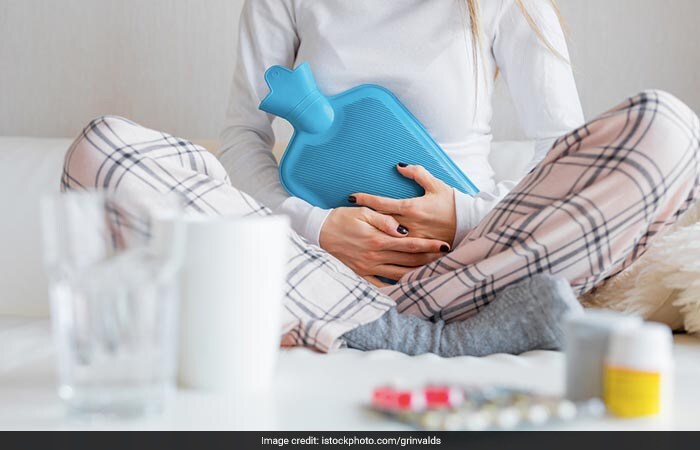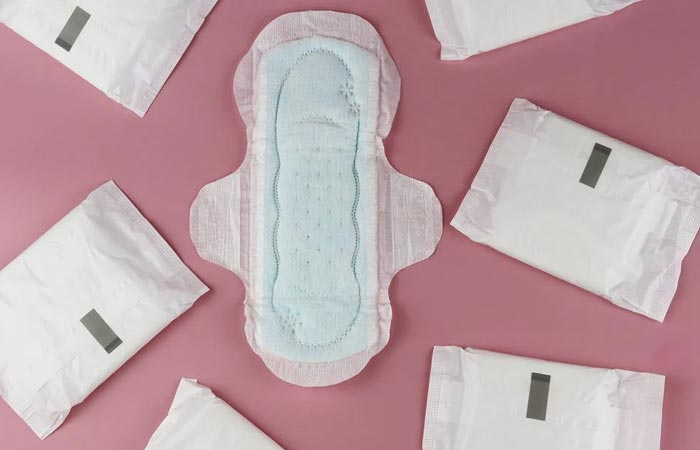Menstrual Hygiene Day 2022: Making Menstruation A Normal Fact Of Life By 2030
Roughly half of the female population -- around 26 per cent of the global population -- are of reproductive age. Yet, as normal as it is, menstruation is stigmatised around the world. To break the silence and taboo, raise awareness and change negative social norms surrounding menstruation, across the globe, May 28 is observed as the Menstrual Hygiene Day. Here's all you need to know about the day.
Menstrual Hygiene Day was initiated by the German non-profit organisation WASH United in 2013. It is marked on May 28 because on average, women and girls menstruate for 5 days per month and the average interval of a menstrual cycle is 28 days. Hence 28-5, or the 28th of May was chosen to mark the day.

This year, the theme is 'Making menstruation a normal fact of life by 2030', which aims to contribute in achieving an overarching goal - to build a world by 2030 where no one is held back because they menstruate. This means a world in which every menstruating person is empowered to manage their menstruation safely, hygienically, with confidence and without shame.

Normalising menstruation means:
- everyone can access and afford the menstrual product of their choice;
- period stigma is history;
- everyone has basic information about menstruation (this also includes boys and men);
- everyone can access period-friendly water, sanitation and hygiene facilities everywhere.

According to National Family Health Survey (NFHS)-5 data for 2019-21, the percentage of women aged 15-24 years who use hygienic methods of protection during their menstrual cycle is more in urban areas than rural areas. In urban areas, 89.6 per cent of women use a hygienic method whereas, in rural areas, the prevalence is 72.6 per cent.

According to the National Faecal Sludge and Septage Management(NFSSM) Alliance, menstrual hygiene management (MHM) is about creating an ecosystem that allows for women and girls experiencing menstruation, to do so in a safe and dignified way. This includes:
- Awareness on the biological process, the need to practice safe and hygienic menstruation and on the products available;
- Access to safe hygienic products at affordable prices;
- Usage - Having access to gender friendly sanitation facilities affording privacy to change the materials for protection; and engaging in correct usage of products;
- Disposal - Having facilities to dispose of used menstrual materials in a dignified and environmentally safe manner















